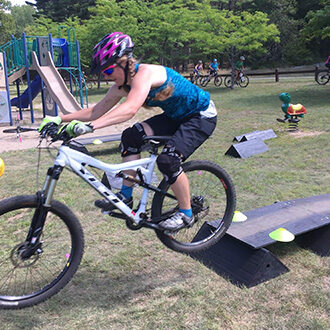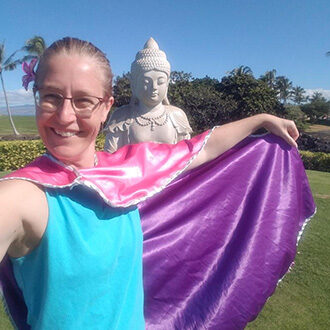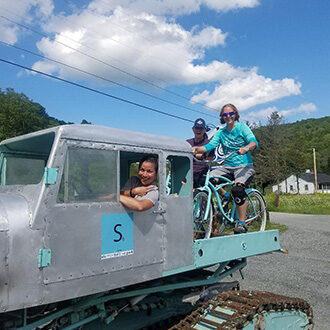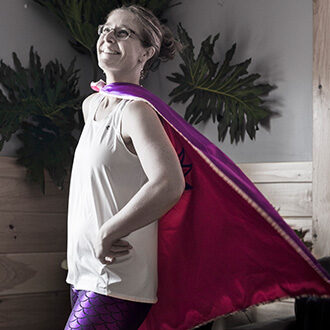As you age, you will experience a decline in your maximum exercise and training capacity. Decades of research have shown that a person’s physical peak is between 20 and 35. It also shows that the maximum heart rate and oxygen capacity decline by at least 1% every year.
All is not lost, however. The physical decline in lifelong athletes is significantly lower than in non-athletes. With the right mindset and the correct training types, you can still experience the same relative health benefits as younger athletes.
Years of experience give older athletes an advantage: they know their bodies better. An intelligent, specific approach to training can maximize performance at any age. And it’s not just genetics, either—the key is making thoughtful adjustments to what your body can handle.
Know Your Body
Older athletes have a great understanding of how bodies react to training and what lingering injuries and general health concerns they need to address immediately. Once these lingering issues have been dealt with, you can work towards maintaining your performance ability.
Combat Slower Recovery
Your capacity to recover from hard bouts of training or competition naturally declines over the years. Post-exercise soreness is a certainty, and this means limiting the frequency or intensity of your workout.
The key is efficiency. Exercise can reverse age-related breakdown in your muscles, whereas merely giving up and indulging in inactivity will accelerate muscle aging. The common belief is that you will just get weaker as you get older, and there’s nothing you can do about it. Don’t let that mentality hold you back!
As long as there aren’t any lingering issues or joint injuries keeping you to little activity, long-distance endurance activities can increase your strength for decades to come. If your body is slow to recover, then you can focus on these key players: nutrition and sleep.
Nutrition – If you feel like your ability to recover is declining more quickly than it should, reevaluate your macronutrient balance. Carbohydrates may not be working well as your fuel source, and it may be better to shift toward a diet centered on proteins/fats.
Sleep – Most of your recovery happens when you sleep. A consistent sleep schedule will help you reach the levels of sleep needed to release specific hormones to recover better.
Small Changes Can Go Far
If your body can no longer handle your exercise routine from five years ago, there’s no need to despair about it. It’s a natural consequence of aging, and lingering on self-doubt or fear will only keep you from your goals.
Some small changes you can make to your routine are:
Timing – If you’re used to morning training sessions, a shift to evening training will allow your body a few extra hours of rest.
Recovery days – Adding extra days of rest can help you make gains if you’re struggling with recovery. It’s best to reduce training duration or frequency, but make sure to maintain intensity.
Recovery week – Balance your training weeks with one week of active recovery or tapering. A more extended period of rest will prime your body to be stronger during training.
Conclusion
Age is nothing but a number. Research and technology have opened up a new world where athletes of any age can be as strong as they want to be. As long as you keep limits and active recovery in mind, small adjustments to your training regime can help your body achieve higher performance for many years to come.
Are you looking for a health and wellness coach to help you keep performing as you get older? Meg Parker is an intentional health coach that works with all types of individuals—from beginners to international athletes. Reclaim your inner champion and schedule a coaching session with us today!









